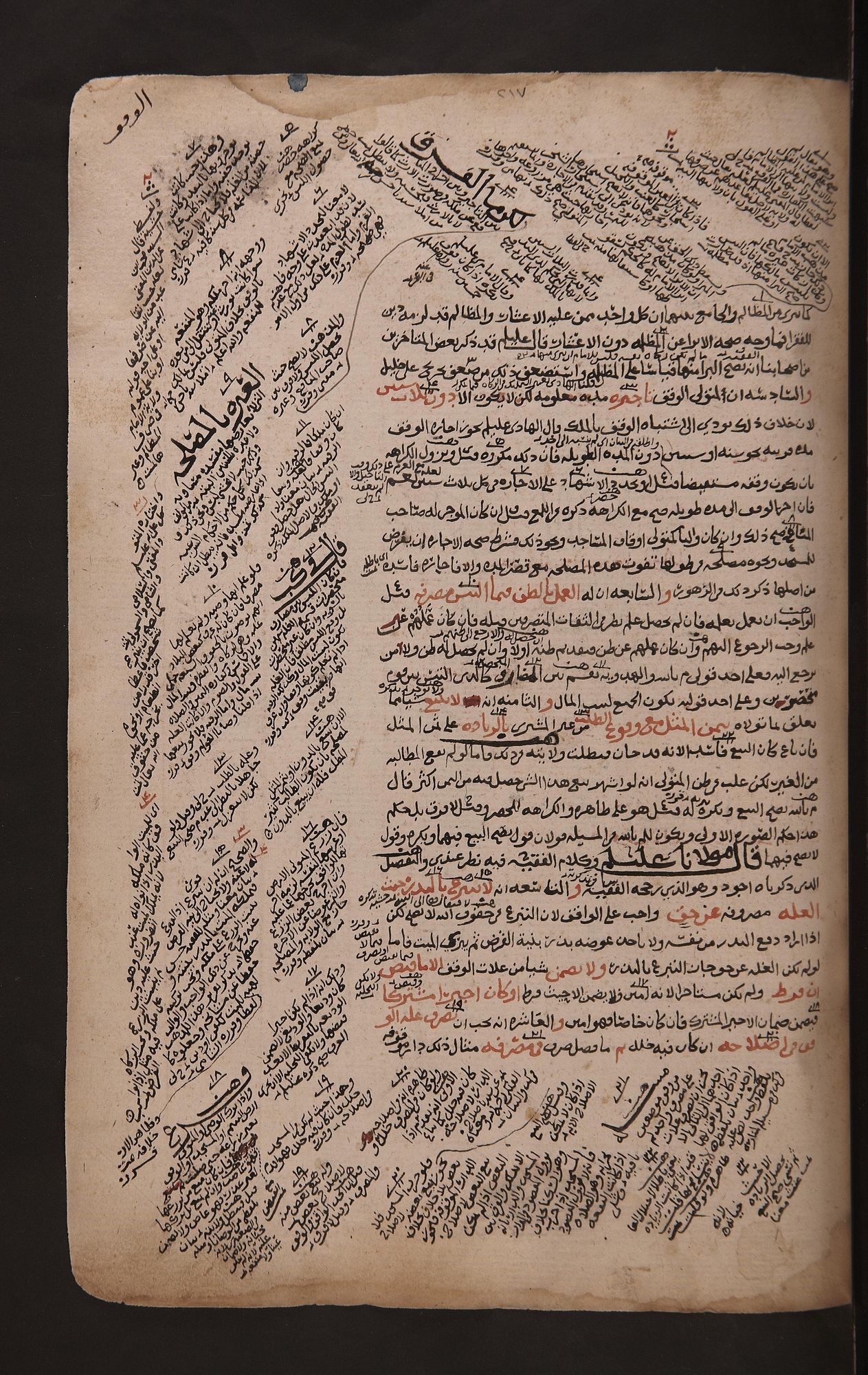In Islamic legal studies the topic of change has been central for several decades. The main motive has been to contradict the previously prevalent narrative about a long and persistent period of decline after the formative and classical periods and before the onset of modernity. Another related motive has been to demonstrate that Islamic law always was and is adaptable to local contexts. While the narrative of decline and inertia is hardly supported anymore in academic studies, change and stability is still understood and framed in quite different ways. The very possibility of change is also intimately connected with theories about authority: Who, how, when and what can be changed? Various emic and etic narratives, theories and concepts tell different stories of this.
This lecture will give an overview over how to understand changes in Islamic law in institutions, genres and rules, ca. 1200-1800 CE in the Islamic world in general. Among the general theories, a closer attention will be given to theories of canonization and codification. Examples, cases and manuscripts shown will mainly be from Zaydi Yemen.

